Reasons, excuses, and the big, dumb bike of my dreams
Within the grease-under-the-nails populace is a subculture of very interesting humans: The people who can justify anything. While my New Year’s resolution to not purchase another motorcycle failed before the snow melted, it is kind of implied in the self-negotiations of such resolutions that you will try to stick to the resolution even after you slip up and load a Honda CRF50 into your van.
Things were going well. My meager parts fund was less stretched, and projects had progressed in the absence of another new (old), shiny (rusty) thing (distraction).
So when a friend sent me a Marketplace ad on Saturday afternoon of a 1988 Honda XR600R for sale—locally, and under $1000—he knew exactly what he was doing. The Baja 1000 champ? The model that competed for over a decade in both desert and hare-scramble racing, with the likes of five-time Grand National Cross Country champion Scott Summers and 11-time Baja 1000 champion Johnny Campbell holding onto its handlebars? Maybe you’ve seen that iconic photo of Summers holding his 290-pound XR600R as if it were his baby—he feels as though the bike picked him. There is just something about these machines.
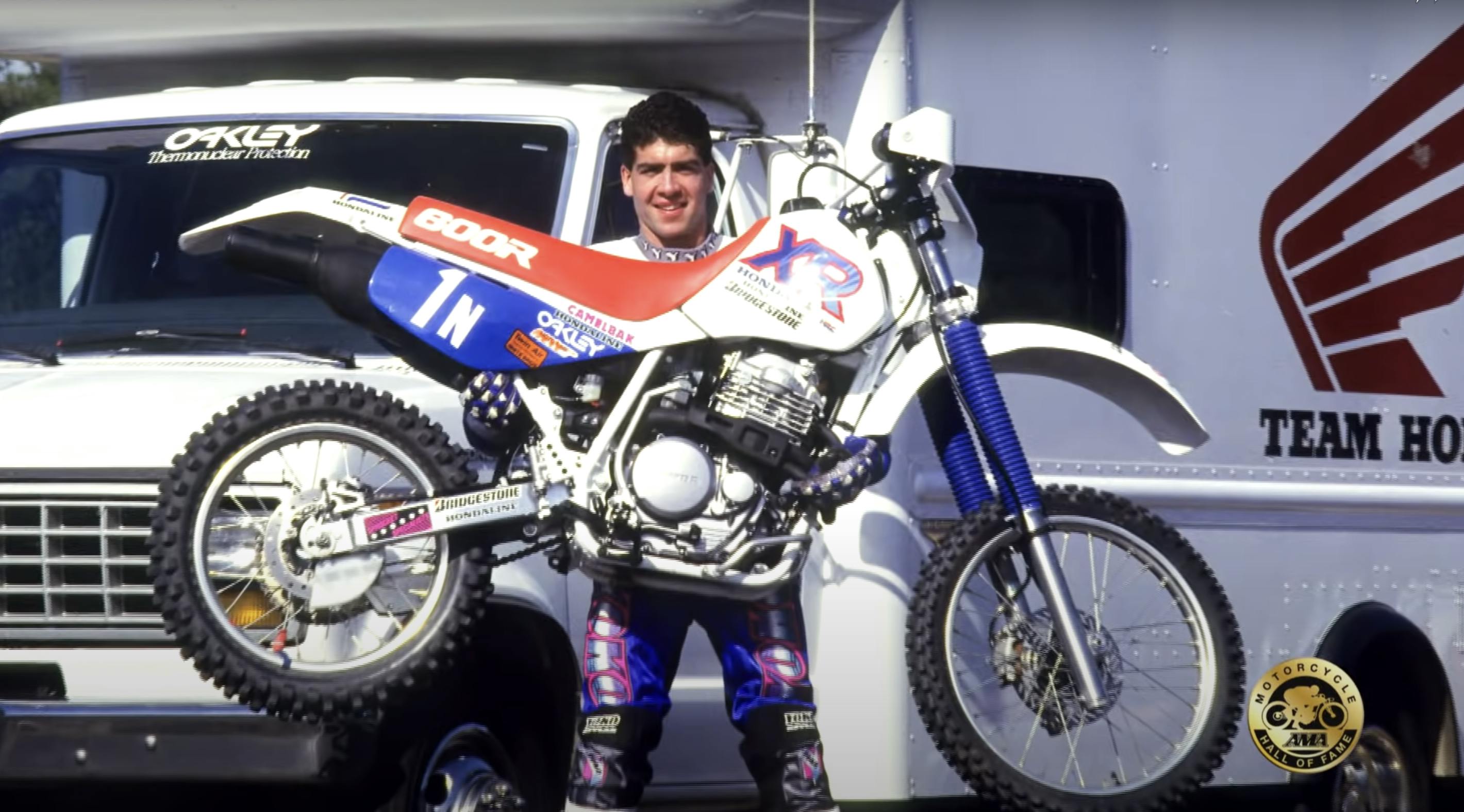
An XR600R is powered by a large, 591cc air-oil-cooled single-cylinder that is about as big, dumb, and simple as they come. Think of it as the Chevrolet 427 big-block of motorcycle engines. It has a shorter stroke than the XR650L, but some subtle changes give it more punch than its bigger siblings. There are some cool details, but in the end, the XR600R is an example of the “no replacement for displacement” solution. And it kinda works.

Though I have owned and ridden a fair number of Honda singles over the years, the 600R has always eluded me. The bike into which the XR600 evolved for 2000, the XR650R, was one I was lucky enough to enjoy when they were cheap 15 years ago. The XR650L is the slightly younger and sleepier brother, and you can still find it in Honda powersports dealers today. The 600R has long been on my wish list, but opportunities just haven’t come up to buy the right bike. Or, at least, I never had a good reason.
I am a big believer in the separation of excuses and reasons. The distinction might have come from Mr. Lebo, my high school homeroom teacher, who would make us sit and wait every Friday at the final bell for him to give a small speech that always ended with: “And remember, bad things happen to good kids when they make bad decisions.” I would often show up late to class “because of” my temperamental 1964 Corvair: car troubles were low-hanging fruit, and a pretty believable excuse. One day, Mr. Lebo called me out: I had better have a reason I was late, he said, not an excuse. It hit me hard then and has stayed with me since.
Even on the drive to go pick it up, I knew this XR600R was probably a bad purchase and that I was making excuses to even go look at it. The fact was underscored when I returned home and spotted a crack on the clutch side cover. Opening the right side of the engine, I found that a gorilla with a breaker bar had assembled the timing pointer onto the crankshaft. The splines critical for timing the ignition were mangled, along with the threads meant to hold the drive gear for the oil pump in place. The first step of building an XR engine is the crankshaft. The last step of disassembly is removing the crank. To fix this problem properly, there are no shortcuts.
The mutilated crankshaft has put a big wet blanket over the excitement of having an XR600R join my garage. Now comes the time to sit at the workbench and stare at the project, trying to find a reason to own it. Should I cut my losses and chase a better starting point, or throw good money after bad to rescue this bike? Working on any XR600R could satiate my desires. Why put myself through the annoyance of cleaning up someone else’s mess? It sure feels like god doesn’t know and the devil isn’t talking. Instead, I sit there and daydream of the artful process of kick-starting a big-bore and riding the sands of Baja.
There are concrete, justifiable reasons to not have this thing. Yet each pass through the garage requires me to pause, stand, and picture the 600R I could build. Where it could take me. What it could show me. I don’t really need a reason to keep it, but I can’t turn these dreams into goals yet, and all these excuses feel flimsier and more nebulous than ever. For now, I walk back into the house and shut the door to the garage, leaving the bike on the lift.
***
Check out the Hagerty Media homepage so you don’t miss a single story, or better yet, bookmark it. To get our best stories delivered right to your inbox, subscribe to our newsletters.
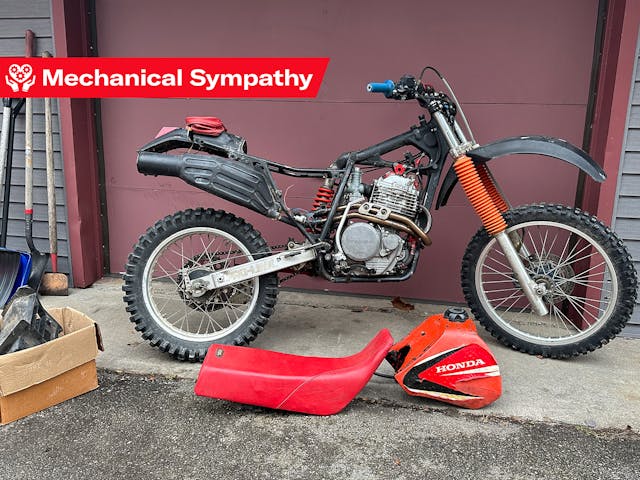
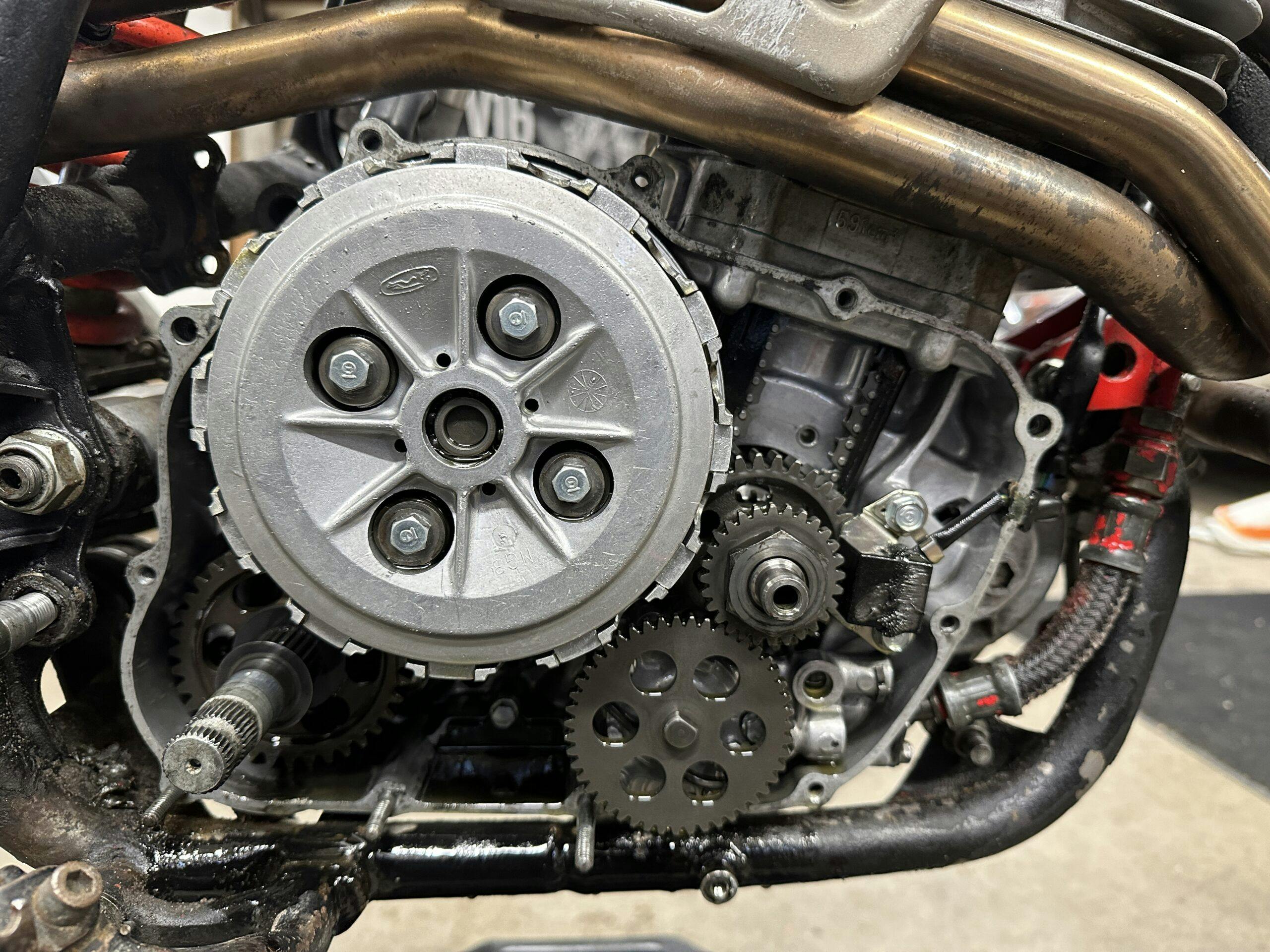
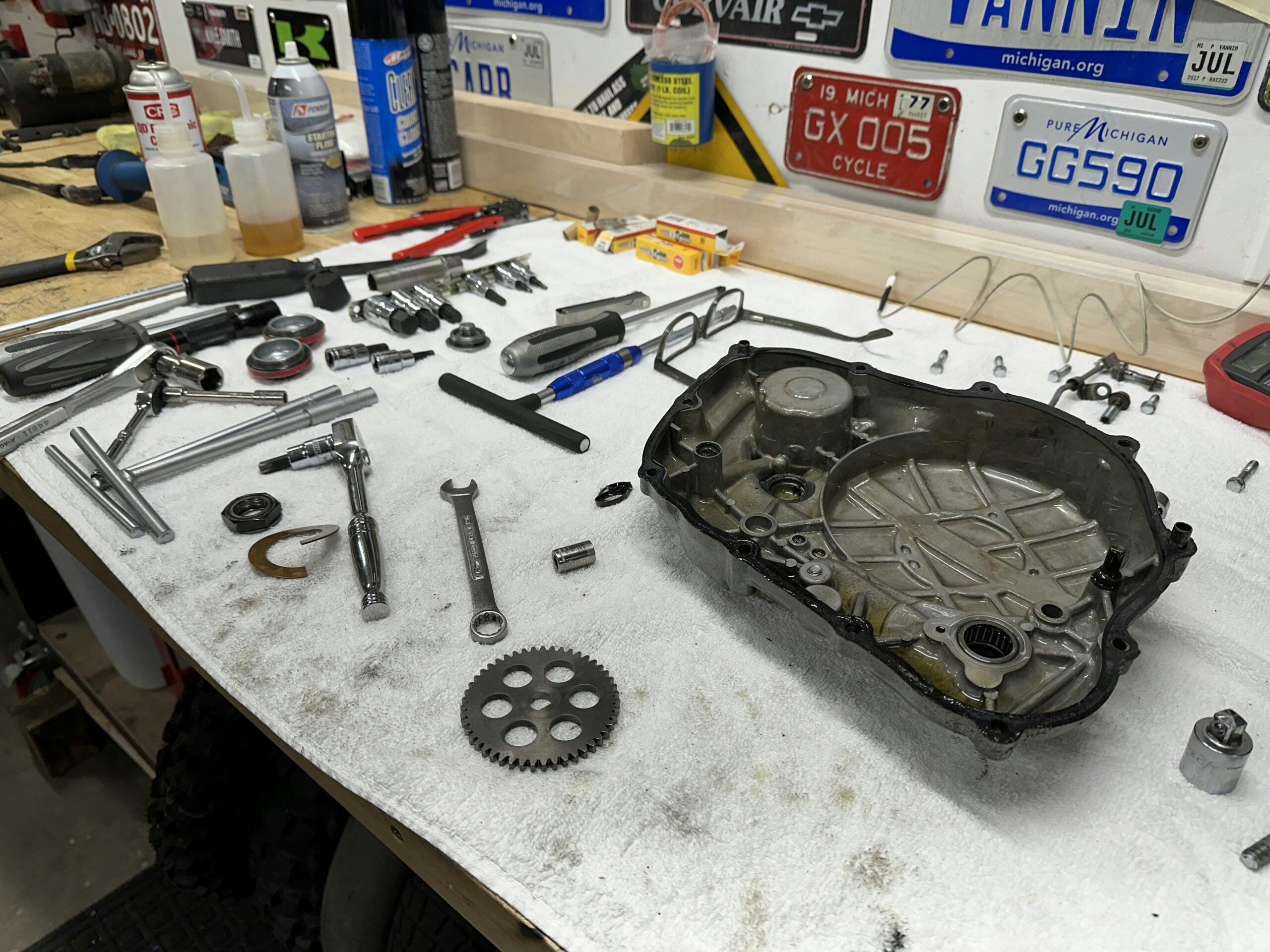
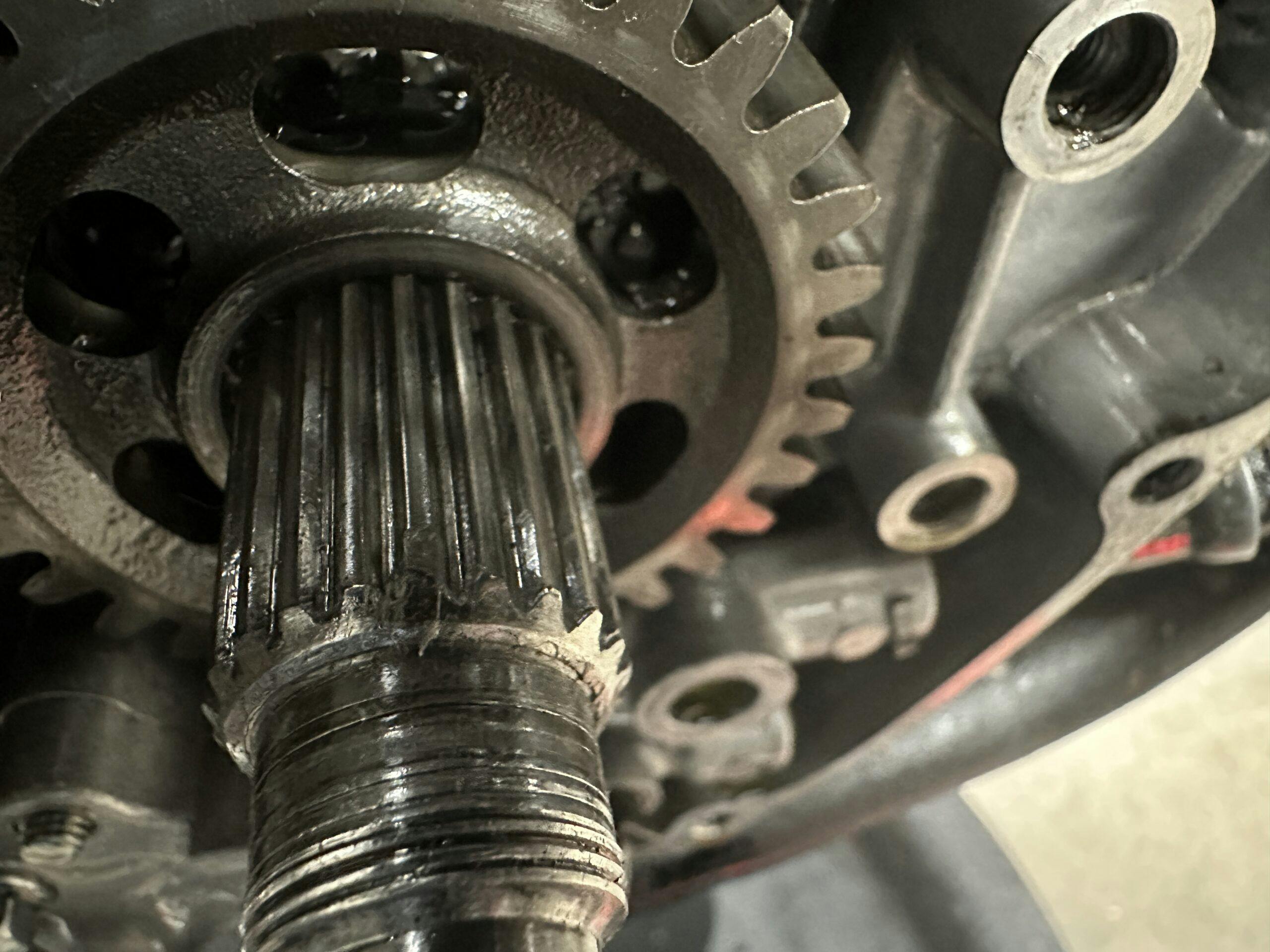


I had one of these – a brand new 1996 model bought as a leftover for $3800 in 97 when nobody was buying them . What I really wanted was the much lighter XR400 , but that was in demand and not being discounted so I couldn’t resist the bargain . It was heavy , a PITA to start sometimes and the wrong bike for the tight woods trails I rode back then . I kept it for two years and sold it for a couple hundred less than what I paid for it and never did get an XR400 as the riding areas in my neck of the woods(northern NJ)quickly dried up and I didn’t see the sense in trucking a bike over to PA or upstate NY once in awhile just to ride .
Maybe it’s because I’m lazy, or need sufficient pressure of emotional desire to force my ADHD brain in to gear, but I need to have a particular investment in a vehicle to justify the “only way out is through” level of spending on a bad project.
I’ve cut my losses on a ’73 MGB (too much work), and an ’81 RX7 (was a great car, but needed too much to be what I wanted) among other projects over the years.
My ’86 300SDL however, I feel a duty to see it through. At this point I could likely have just bought a cleaner example and by the time I’m done I’ll be wildly over-invested. But I have history with the car and it’s rust-free (something hard to come by in Ontario, the land of road salt). I’m a career mechanic with a background in computer engineering, but a body man I am not.
My excuse, which I falsely see as a reason, is that everything this car needs I can do (other than the paint). I can make this 300k+ mile jalopy whole again. Damn the cost, the only way out is through at this point.
It’s okay, Kyle. We (your readers) aren’t Mr. Mr. Lebo, or anything close to him. We don’t care if you have a reason. Heck, you don’t even need an excuse! To us, it’s enough that you just have a dream. Oh, and a camera and a keyboard, because we ARE gonna require that you take us along on this journey and share the build with us. Wrench on! 😉
I have the street legal 96 xr400r. It’s a great bike to ride. A bit cold blooded, but I always enjoy riding it. Mine is getting old enough that it needs a restoration. Crazy how time flies; a 96 is old
Say, don’t you get to write off purchases as essential to your job? Seems to me you’ve got to have something to write about in order to, well, write – right?
I guess it depends on the cost, I would not be pleased and might want to bail.
I would go for it its a grate bike and you can make it what it should be.
It looks like the spline could be saved by cleaning it up with miniature files or a Dremel. The thread will be harder. If you mount the engine firmly to the bench, mount a grinding tool to the bench and rotate the crankshaft you could grind it down so you could cut a slightly smaller thread. It sounds good in theory anyway.
A small triangle file could likely get the spline back into serviceable shape, that is true. The thread on the other hand, likely not worth trying to fix in situ. Shrinking the diameter of the end of the crank there is not a good idea because it is hollow and the oil pump pushed oil through there to oil the rod bearing. There is a seal in the right case cover that fits the outer diameter also.
It’s really just the balance of could vs should. A solution could be fabricated, but I would rather do it right and never have to worry about it.
I know nothing about these bikes, but from your photo it looks like the splines may be pressed onto the shaft.
If you can put the crank in a lathe it would be a pretty simple job to cut new threads, if a smaller thread would suffice. Maybe there is an OK engine on a junk pile somewhere?
The splines are formed on the shaft. Looks rolled to be specific. There is also the additional detail of the snout past the threads being hollow to allow oil to flow in to the rod bearing. The crank end OD fits in an oil seal pressed in the right case cover also. It’s a both very simple and surprisingly complicated assembly. Too many critical dimensions to go about modifying without a lot of compounding problems.
A replacement core crankshaft would be roughly the same price as paying a good machinist’s time to make a setup to save this one, let alone and special tooling or machine time. Surely on a long enough timeline that will change, so this crank will go in a box on the shelf and wait.
Great article Kyle! I too am addicted to vintage motorcycles. Honda’s especially:-) You are 100% correct. There aren’t any shortcuts on the repair that don’t end up costing more in the long run. It’s a Honda, one of the iconic bikes of the day and truly worth the effort! No excuses, just a reason- because the investment in the repairs will be far outweighed by the smiles and enjoyment you will get when you twist the throttle and daydream of being like Scott Summers blasting down a fire road or across the open desert! Good luck and enjoy!
The cheapest machine to buy is rarely the cheapest to own, but, when you’re in rescue mode that doesn’t matter. Bikes need to be rescued. It’s the code of the west.
You may have cured me from wanting a 1986 or 87 XR600L
I love the color scheme and everything about it/ them… but the kickstart and work required seems like too much to mess with. The new XR150L could be fun to cruise the neighborhood on and do some light trail exploring. Rode my cousins crf250l and it was fun, but seemed really big to me, and I’m not small so I found that interesting. I’m daydreaming about my days in the early to mid 1980’s riding small enduros and our various neighborhood minibikes, mopeds, 3-wheelers… Great story thanks-